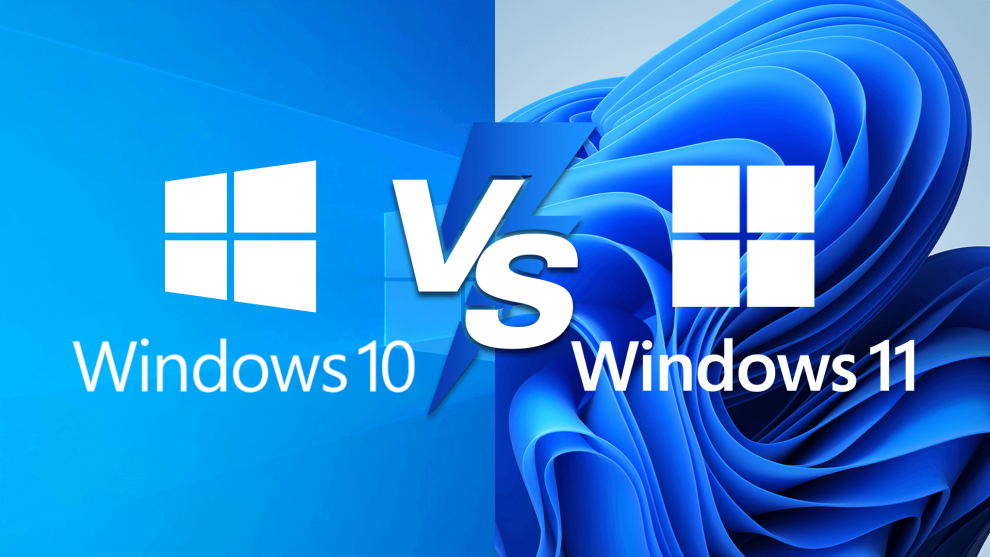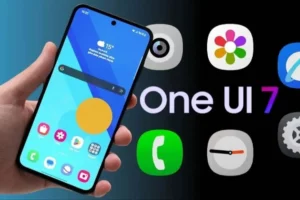Microsoft’s Windows 11 marked a significant departure from its predecessor, Windows 10. With a redesigned interface, new features, and improved performance, Windows 11 aimed to redefine the user experience. However, the question remains: is the upgrade worth it? Let’s dive into a detailed comparison of Windows 11 and Windows 10 to help you decide.
Design and Interface
- Start Menu: Windows 11 introduced a centered Start menu with a minimalist design and a focus on pinned apps. In contrast, Windows 10’s Start menu was positioned on the left side and offered a more traditional layout.
- Taskbar: Both Windows 11 and Windows 10 have taskbars, but Windows 11’s taskbar is simplified and pinned to the bottom of the screen. Windows 10’s taskbar is more customizable, allowing users to position it on any side of the screen.
- Widgets: Windows 11 features a new widget panel that provides quick access to news, weather, and other information. Windows 10 lacks a dedicated widget panel.
- Rounded Corners: Windows 11 adopts rounded corners for windows and app icons, while Windows 10 uses sharp corners.
Performance and System Requirements
- Hardware Requirements: Windows 11 has slightly higher system requirements than Windows 10, especially in terms of processor and TPM (Trusted Platform Module) support.
- Performance: Both operating systems offer solid performance, but Windows 11 often benefits from newer hardware and optimizations.
- DirectStorage: Windows 11 introduces DirectStorage, a feature that can significantly reduce game load times.

App Integration and Microsoft Store
- Android Apps: Windows 11 supports Android apps through the Amazon Appstore, allowing users to run popular mobile apps on their PCs. Windows 10 does not have native Android app support.
- Microsoft Store: Both Windows 11 and Windows 10 have the Microsoft Store for downloading apps and games. However, Windows 11’s Microsoft Store has a redesigned interface and offers a more streamlined experience.
Multitasking and Virtual Desktops
- Snap Assist: Both operating systems offer Snap Assist for easily arranging windows on the screen. However, Windows 11’s Snap Assist is more intuitive and offers additional layout options.
- Virtual Desktops: Both Windows 11 and Windows 10 support virtual desktops for organizing multiple workspaces.
Security and Privacy
- TPM 2.0: Windows 11 requires a TPM 2.0 chip for hardware-based security. Windows 10 does not have this requirement.
- Secure Boot: Both operating systems support Secure Boot to protect against malicious boot-time attacks.
Other Notable Features
- Touch and Pen Support: Both Windows 11 and Windows 10 offer touch and pen support for devices with touchscreens.
- Gaming: Windows 11 includes several gaming-related improvements, such as Auto HDR and DirectStorage.
- Accessibility: Both operating systems prioritize accessibility features to help users with disabilities.
Conclusion
Windows 11 offers a fresh and modern take on the Windows operating system, with a focus on design, performance, and app integration. However, the decision of whether to upgrade from Windows 10 depends on your specific needs and preferences. If you have a compatible device and are looking for a new look and feel, along with features like Android app support and improved gaming performance, Windows 11 might be a worthwhile upgrade. If you’re satisfied with Windows 10’s stability and features, there’s no immediate need to switch. Ultimately, the best way to decide is to try Windows 11 for yourself and see if it meets your expectations.
















Add Comment